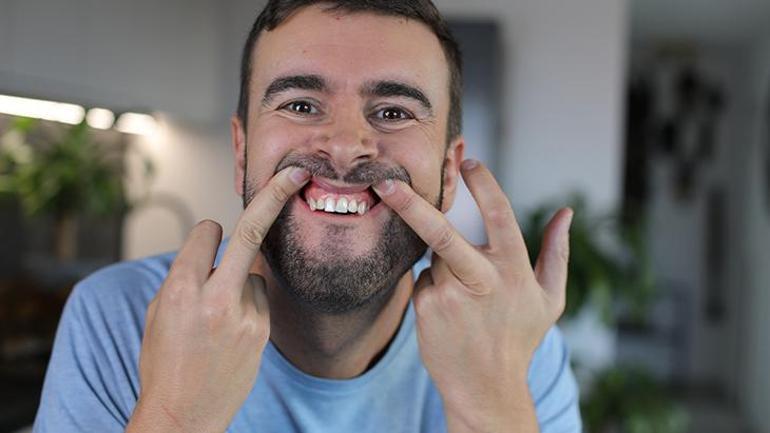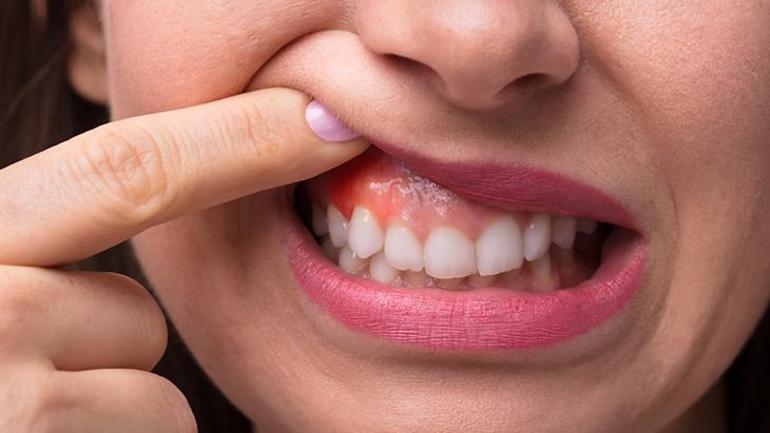If the gums are receding, the bone is also melting! Expert explained: The reason is tartar

If you notice yellowness at the base of your teeth, there may be a recession!
Periodontology Specialist Dr. Lecturer Kübra Güler, who noted that gum recession generally occurs due to dental tartar, said, “ Gum retraction occurs with tartar accumulation. There are a number of muscle connections in the mouth called frenulum. Since these muscle connections are sometimes connected from a place close to the tooth, they cause the gum to retract with every movement of the lip.” Güler, who stated that in such cases, the muscle connection is removed with a procedure called frenectomy, said, “In cases such as pushing the gum back with a nail, taking items such as pens or key chains into the mouth, and aggressive tooth brushing, the gum may retract. The tooth is normally whiter and the root is yellow. This color distinction is understood when examined. When we notice yellowness, gum recession may have occurred.”

Gum recession is also an indication of bone loss!
Emphasizing that the gum itself does not just recede, Dr. Lecturer Kübra Güler continued as follows: “There is always a certain distance between the gum and the bone. Therefore, when the gum recede, the bone has also recede and melted. In other words, there is bone loss . The alveolites hold the root of the tooth on the bone. If there is melting in this, the tooth begins to shake and may need to be extracted over time. At the same time, the root surface of the tooth with receding gum is exposed. The root surface has a very rough structure, it is not smooth like enamel. Therefore, it causes more food residue to form. It is much more difficult to clean. If not cleaned, it can cause tooth decay.”

Restoring the gums to their former position may not be applicable to every patient!
Underlining that gum recession related to tartar accumulation can be prevented by having teeth cleaned every six months, Dr. Lecturer Kübra Güler said, “In addition, if there are interventions related to frenulum or the person’s own mouth, gum recession should be treated. Restoring the gum to its former position cannot be done in every patient. If intraoral measurements are appropriate, surgical intervention can be performed to remove gum recession using pieces taken from the palate.”
milliyet





